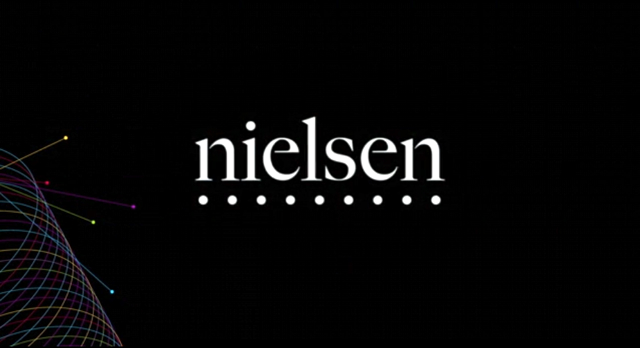In a major breakthrough, Nielsen has signed a multi-year deal with Dish Network to use data from its 14-million set-top boxes for ratings, in addition to its long-standing 40,000-household panel. The deal comes on the heels of comScore’s merger with Rentrak, which also measures set-top-box data, as that company attempts to challenge Nielsen’s dominance in TV audience measurement. The Dish deal, which is not exclusive, will let Nielsen improve ratings in local, smaller markets where panelists aren’t measured electronically.
The Wall Street Journal notes that complaints about Nielsen’s methodology have been loudest in those smaller markets, and the Dish data will also be helpful for niche shows. Currently, Nielsen doesn’t track shows with fewer than 10,000 viewers, which will change with the Dish data, says Nielsen chief operating officer Steve Hasker.
“For some of the smaller networks and places where there is a more fragmented audience, it gives us a more accurate, granular read,” he said. “It lets us represent the entire viewing population through the panel and dive into some more niche viewing at the same time.”
Another difference is that Nielsen estimates audiences “based off a panel that’s representative of the American viewing population,” whereas set-top boxes show what households are actually viewing. Dish executive Warren Schlichting says the company, which just renewed its long-standing deal with comScore, is looking forward to working with Nielsen because its ratings “are used as the currency upon which ads are bought and sold.”
“This is a currency business, and to have Dish’s data to be included in currency is good for everybody,” he noted.
Hasker reports that Nielsen will eventually roll-out the new program to national markets, but no date is set. “We think that this is a significant improvement, but we are not going to spring it on anyone,” he said. “It will be a process of integrating the data and running the results by clients.”
Because comScore counts every television in the household as a separate impression, unlike Nielsen, which averages them out, comScore’s ratings are likely to be 20 to 30 percent higher in local markets. ComScore’s larger sample size does provide ratings for smaller markets that are “steadier” than Nielsen’s, but comScore doesn’t have access to all pay-TV providers, leading some executives to worry about the accuracy of the data, which covers 17 million households from Dish, AT&T/DirecTV, Charter and Cox.
Last year, reported WSJ, Nielsen offered $100 million to Comcast for an exclusive license to its data, but was turned down.


No Comments Yet
You can be the first to comment!
Sorry, comments for this entry are closed at this time.